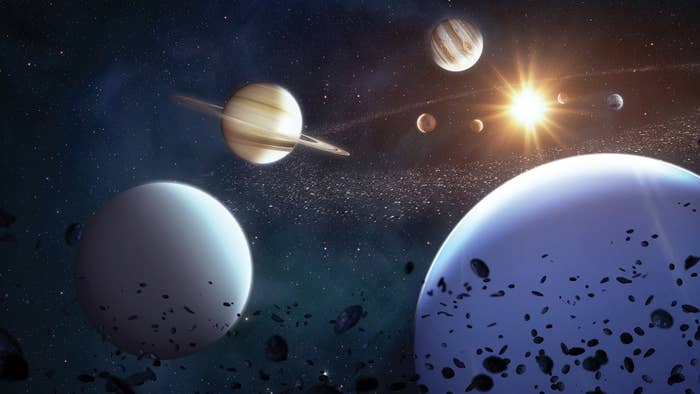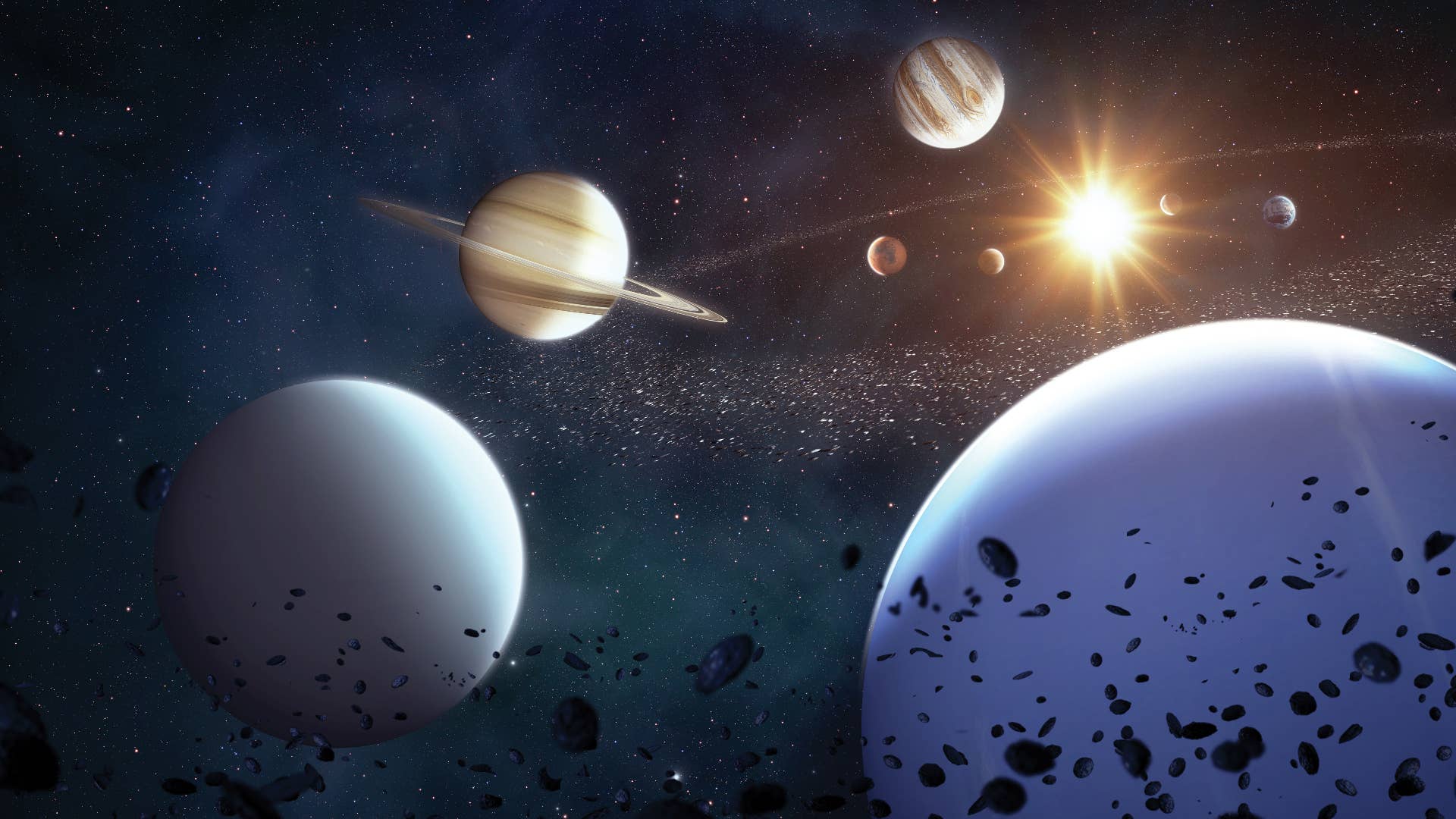
A newly discovered exoplanet, or planet outside of the solar system, may contain water clouds, CNN reports.
Located 90 light-years from Earth, the exoplanet, known as TOI-1231 b, is believed to have clouds in its atmosphere, based on observations of the planet’s radius and mass. Researchers suspect TOI-1231 b is low density, and quite comparable to another planet in our own solar system. “TOI-1231 b is pretty similar in size and density to Neptune, so we think it has a similarly large, gaseous atmosphere,” Jennifer Burt, lead study author and postdoctoral fellow at NASA’s Jet Propulsion Laboratory, said.
The new study detailing the discovery will be published in The Astronomical Journal.
TOI-1231 b is also estimated to be relatively cool with an average temperature of 140 degrees Fahrenheit. Since the general rule is that the cooler the exoplanet, the more likely it is to have clouds in its atmosphere, it’s another sign that suggests water clouds will be found upon future observations by the Hubble Space Telescope later this month.
“Even though TOI 1231 b is eight times closer to its star than the Earth is to the Sun, its temperature is similar to that of Earth, thanks to its cooler and less bright host star,” Diana Dragomir, study co-author and assistant professor for University of New Mexico’s department of physics and astronomy, said in a statement. “However, the planet itself is actually larger than earth and a little bit smaller than Neptune – we could call it a sub-Neptune.”
It takes 24 Earth days for TOI-1231 b to complete a full orbit of its smaller M dwarf star, NLTT 24399.
Scientists speculate that the size of TOI-1231 b bears similarities to another exoplanet called K2-18 b, which was discovered in 2015. Only recently did they find evidence that there was water in the atmosphere.

